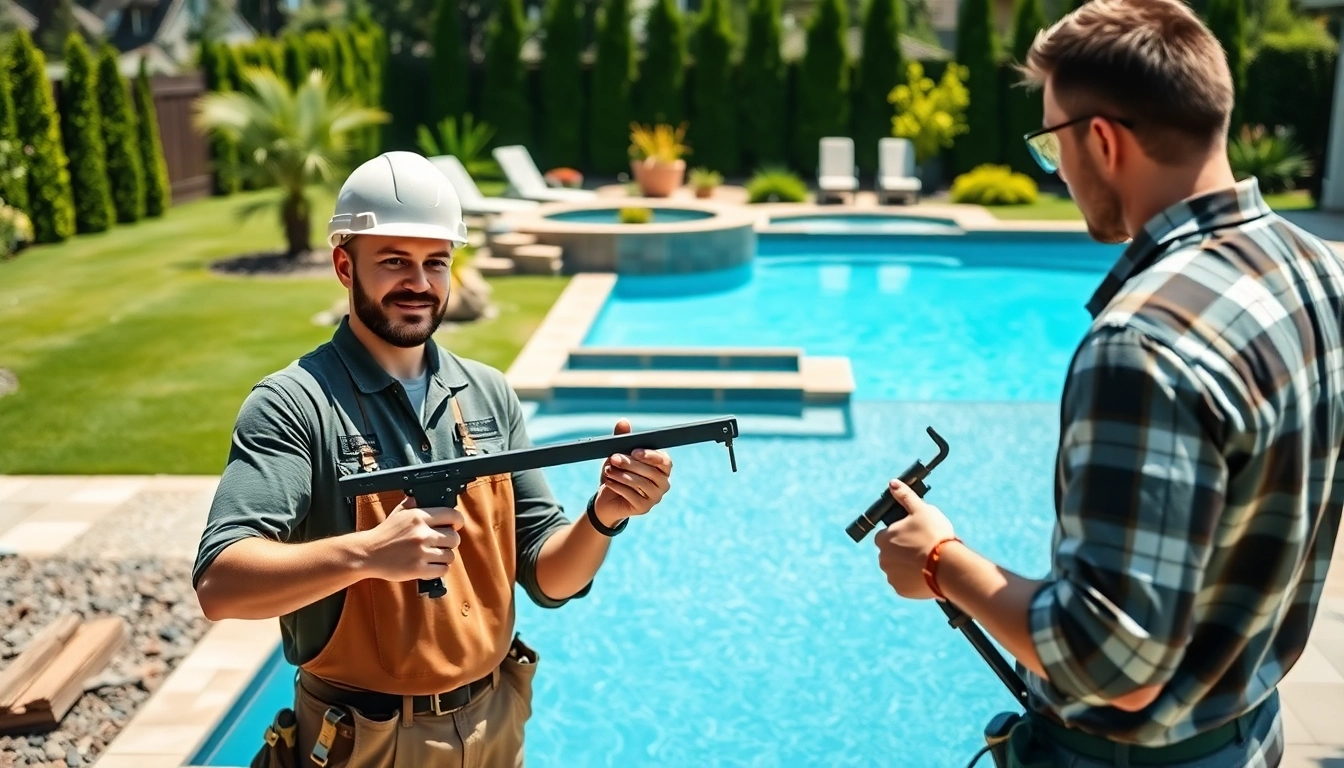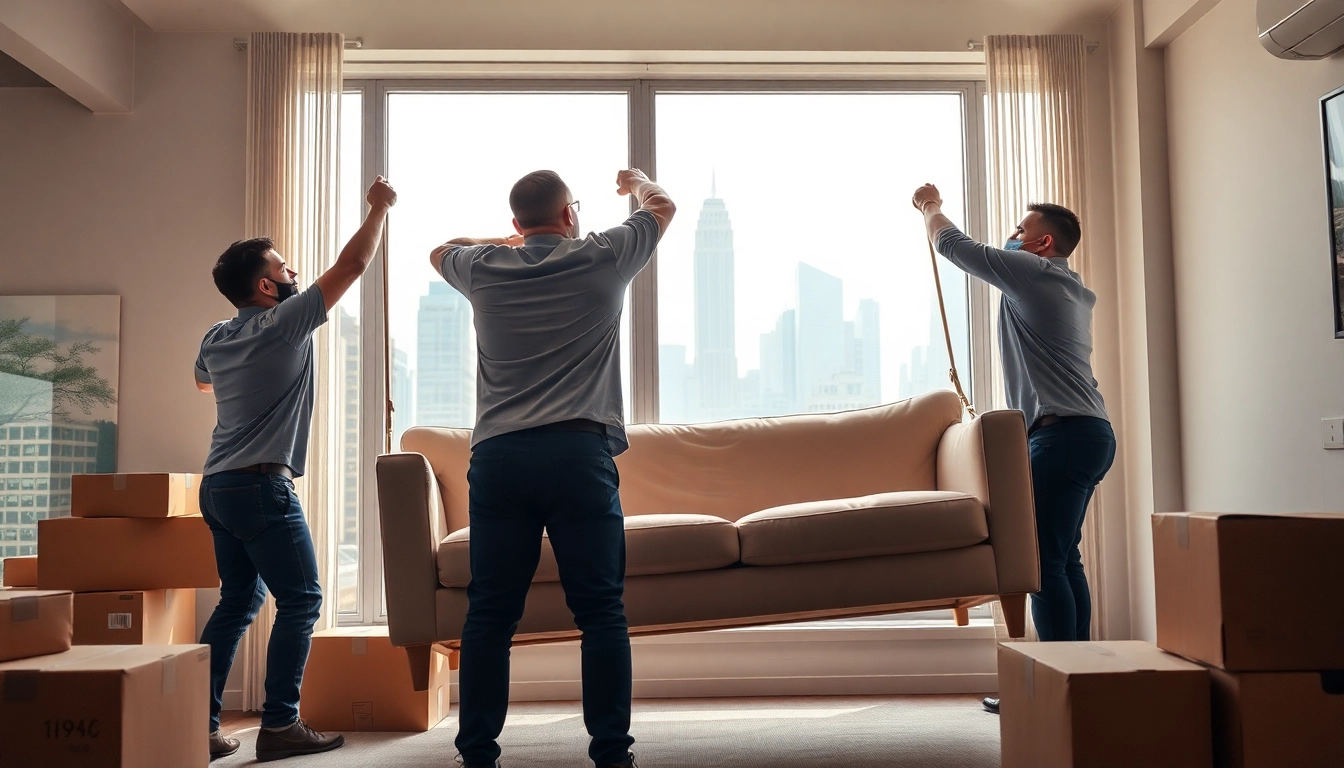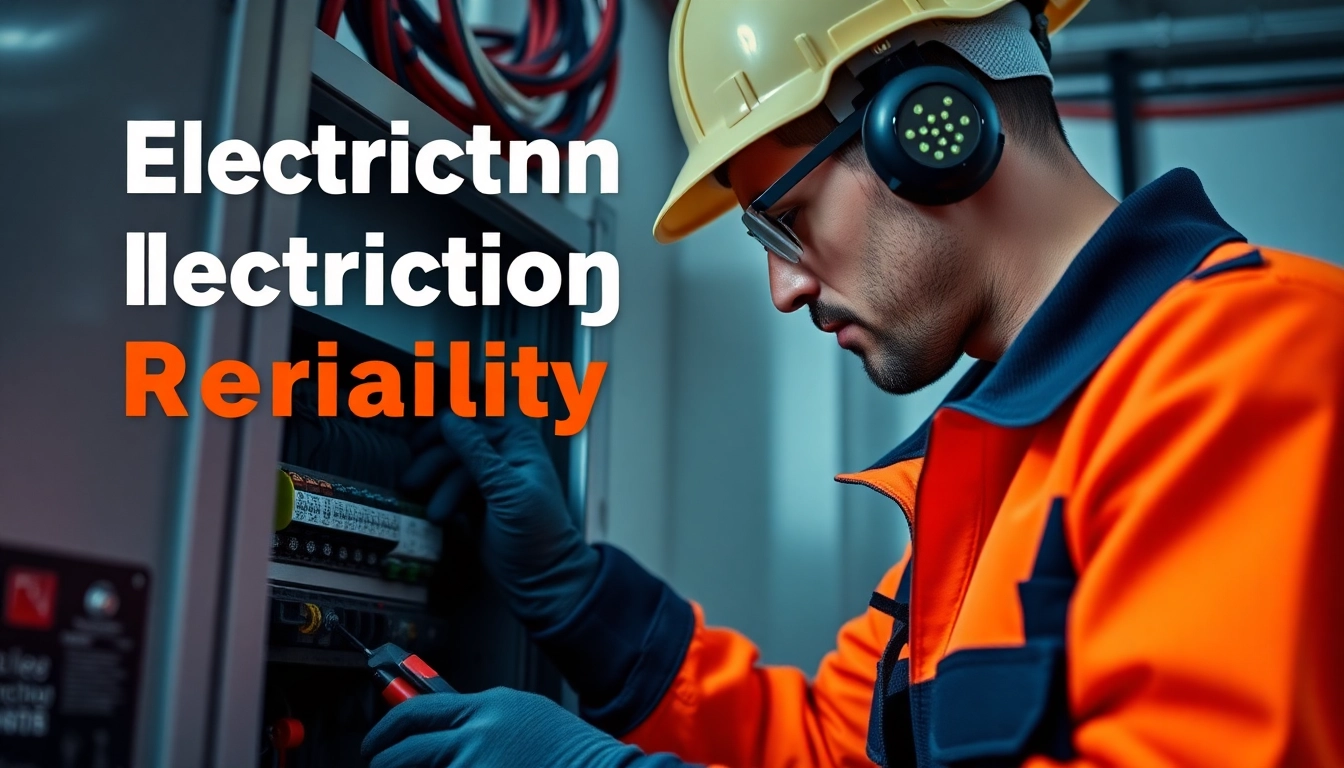Understanding the Role of a Swimming Pool Builder
When it comes to transforming your backyard into a private oasis, the role of a swimming pool builder is pivotal. Beyond merely constructing pools, these specialists bring expertise in design, functionality, and adherence to local regulations. Whether you’re envisioning a serene escape or an entertainment hub, a qualified swimming pool builder can turn your dreams into reality.
What Makes a Qualified Swimming Pool Builder?
A qualified swimming pool builder possesses a blend of technical skills and creative vision. Essential qualifications include:
- Licensing and Certification: Professionals should hold the necessary local licenses and certifications indicating they meet industry standards.
- Experience: Look for builders with a solid track record in constructing various types of pools and dealing with different landscaping issues.
- Customer Reviews: Testimonials and reviews from past clients provide insight into the builder’s reliability and quality of work.
- Portfolio: A builder’s portfolio showcasing previous projects can give you a clear idea of their style and capabilities.
Key Services Offered by Swimming Pool Builders
Swimming pool builders provide a wide array of services, which may include:
- Design Consultation: Collaborating with clients to conceptualize the perfect pool design, considering aesthetics, functionality, and budget.
- Installation: Comprehensive installation services covering excavation, plumbing, and the actual construction of the pool.
- Renovation and Repair: Services to upgrade or restore existing pools to enhance their safety and appearance.
- Maintenance Services: Ongoing care services to ensure pools remain clean, safe, and operational.
Industry Standards and Regulations for Pool Construction
Adhering to local regulations and industry standards is crucial in pool construction. This includes:
- Building Codes: Compliance with local and state building codes to ensure safety and legality.
- Safety Standards: Implementation of safety measures, such as fencing and pool covers, to prevent accidents.
- Environmental Considerations: Consideration of local environmental regulations regarding water usage and landscaping.
Types of Swimming Pools: Choosing Your Design
Choosing the right design for your pool is essential in creating the perfect outdoor retreat. Here are the most common types of pools.
Inground Pools vs. Above Ground Pools
Inground pools are custom-built and tend to offer higher durability and aesthetics, while above-ground pools are more affordable and easier to install.
Inground Pools: These pools can be customized in size, shape, and depth. They often increase the property’s value and can include additional features such as waterfalls and lighting.
Above Ground Pools: Generally less expensive, these pools are perfect for temporary setups and can be easily disassembled. They typically come in prefabricated models and offer fewer customization options.
Custom Designs and Designs for Every Budget
Investing in a custom pool design allows homeowners to express their style and meet specific needs. Factors influencing budget include:
- Size and Depth: Larger and deeper pools tend to be more expensive due to increased materials and excavation.
- Features: Adding features like spas, swim-up bars, or integrated lighting can significantly impact cost.
- Landscaping: Surrounding landscaping and deck installation further affect the overall budget.
Choosing Materials: Concrete, Vinyl, or Fiberglass?
Choosing the right material for your pool construction is essential for durability and aesthetics. Here’s a comparison between the three main materials:
- Concrete: Highly durable and customizable, concrete pools offer a range of design options but typically require more maintenance and have higher costs associated with installation.
- Vinyl: Vinyl pools are cost-effective and have a smooth surface that feels great underfoot. However, the liners may need to be replaced every few years.
- Fiberglass: These pools come pre-formed and are quick to install. They require less maintenance but have limited shapes and sizes compared to concrete and vinyl options.
Planning Your Pool Project: Key Steps to Success
Proper planning can ensure that your pool project runs smoothly and meets your expectations. Here’s how to approach it:
Setting a Realistic Budget for Your Swimming Pool
Setting a budget is one of the first steps in planning your pool construction. Consider the following:
- Initial Costs: This includes the cost of materials, labor, permits, and any initial landscaping.
- Ongoing Costs: Account for maintenance, utilities, and insurance.
- Contingency Fund: Set aside funds for unexpected expenses during the construction process.
Timeline for Pool Construction: What to Expect
Understanding the timeline for your pool project helps set realistic expectations. Typically, a standard pool installation takes:
- Planning and Permitting: 2-4 weeks
- Excavation and Construction: 4-8 weeks
- Finishing Touches: 1-2 weeks for landscaping and features
Collaborating with Your Swimming Pool Builder for Best Results
Collaboration is key to ensuring that your vision aligns with the builder’s expertise. Important collaboration tips include:
- Clear Communication: Regularly discuss progress and any changes needed to ensure the project remains on track.
- Feedback Mechanism: Provide feedback throughout the construction process to ensure the outcome meets your expectations.
- Documentation: Keep thorough notes and documents of agreements and changes made during the project.
Enhancing Your Pool Experience with Additional Features
Additional features can significantly enhance the utility and enjoyment of your swimming pool. Here are several options to consider:
Water Features: Fountains and Waterfalls
Adding water features such as fountains and waterfalls can enhance the aesthetics and relaxation aspects of your pool area:
- Fountains can create a calming ambiance and mask noise from surrounding areas.
- Waterfalls can be designed to blend with landscaping for a natural look.
Lighting Solutions for Safety and Ambiance
Proper lighting is essential for safety and creating an inviting atmosphere in the evenings. Consider:
- Underwater LED Lights: Enhance visibility and can come in various colors for effects.
- Pathway Lighting: Provide safety over walkways and around the pool.
Outdoor Living Spaces: Integrating Patios and Decks
Integrating outdoor living spaces such as patios and decks can transform your pool area into a fully-functioning outdoor entertainment hub. Factors to consider include:
- Materials: Choose weather-resistant materials that complement your pool design.
- Functionality: Decide how you want to use the space: relaxation, dining, or socializing.
Maintenance and Care After Your Pool Is Built
Once your pool is complete, maintenance is crucial to ensure longevity and safety. Here are some essential care practices.
Essential Maintenance Tips for Swimming Pool Owners
Regular maintenance is key to enjoying your pool for years. Important tips include:
- Cleaning: Skim debris, scrub walls, and vacuum floors weekly to keep the pool clean.
- Chemical Balance: Regular testing of pH and chlorine levels ensures safe swimming conditions.
- Filter Maintenance: Regularly clean or replace filters to ensure optimal water circulation.
Seasonal Pool Care: Opening and Closing
Managing pool seasons is crucial for maintenance. Key actions include:
- Opening: Clean the pool, check equipment, and balance chemicals at the start of the season.
- Closing: Properly winterize the pool to protect it from freezing temperatures.
When to Call Your Swimming Pool Builder for Repairs
Some issues require professional intervention. Common signs include:
- Visible cracks in the pool surface.
- Unusually high water bills, indicating potential leaks.
- Malfunctioning equipment that fails to maintain water quality.



